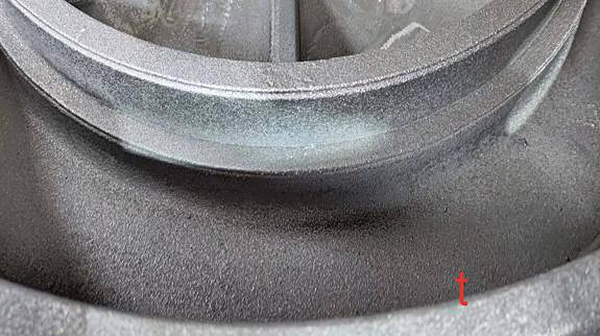Components of Sand Casting
Sand casting is a widely used metal casting process that involves pouring molten metal into a mold made from sand. This technique is favored for its versatility, cost-effectiveness, and ability to produce intricate shapes with excellent surface finishes. The process consists of several critical components that work together to create high-quality castings. Understanding these components is crucial for anyone involved in the foundry industry.
1. Mold The mold is the heart of the sand casting process. It is typically composed of two parts the cope (top half) and the drag (bottom half). These components are made from a mixture of sand, clay, and water, which helps them hold their shape under the weight of the molten metal. The mold is formed by packing sand around a pattern of the desired part, creating a cavity that will be filled with metal. The precision of the mold directly affects the dimensions and surface quality of the final product.
Components of Sand Casting
3. Binder The binder is crucial for holding the sand grains together in a cohesive manner while allowing for some permeability to gases released during the pouring process. Common binders include clay and resin. The choice of binder affects the mold's strength, durability, and surface finish of the cast product.
components of sand casting

4. Sand The sand used in sand casting must have desirable properties such as grain size, shape, and the ability to retain moisture. Silica sand is the most commonly used type due to its high melting point and availability. The mixing of sand with a binder creates a mold that can withstand the temperature of molten metal without breaking down.
5. Melting Furnace The melting furnace is where metal is heated to its molten state before being poured into the mold. Various types of furnaces can be used, including electric arc furnaces and induction furnaces, depending on the type of metal being melted. The choice of furnace impacts the efficiency and quality of the metal.
6. Pouring Cup and Sprue The pouring cup is the entry point for the molten metal, while the sprue is the channel that guides the metal into the mold cavity. These components must be designed to minimize turbulence and ensure that the metal fills the mold efficiently.
In conclusion, the components of sand casting are integral to the success of the casting process. Each element, from the mold and pattern to the melting furnace and pouring system, plays a vital role in producing high-quality castings that meet industry standards. Understanding these components is essential for improving the efficiency and quality of sand casting operations.
Post time:ነሐሴ . 31, 2024 12:27
Next:casting sand suppliers
